Amazing Hydrangeas That Thrive In Shade
Hydrangeas for Shade
Hydrangeas are some of the most popular flowering shrubs in the world, and for good reason. They come in a wide variety of colors, sizes, and shapes, and they can be grown in a variety of conditions. However, not all hydrangeas are created equal. Some varieties are better suited for sunny spots, while others prefer the shade.
If you have a shady spot in your garden, don't despair! There are still plenty of beautiful hydrangeas that will thrive in those conditions. Here are a few of our favorites:
- Oakleaf hydrangea (Hydrangea quercifolia): This large shrub is known for its large, oak-shaped leaves and its white or pink flowers. Oakleaf hydrangeas are very shade tolerant, and they can even tolerate full shade.
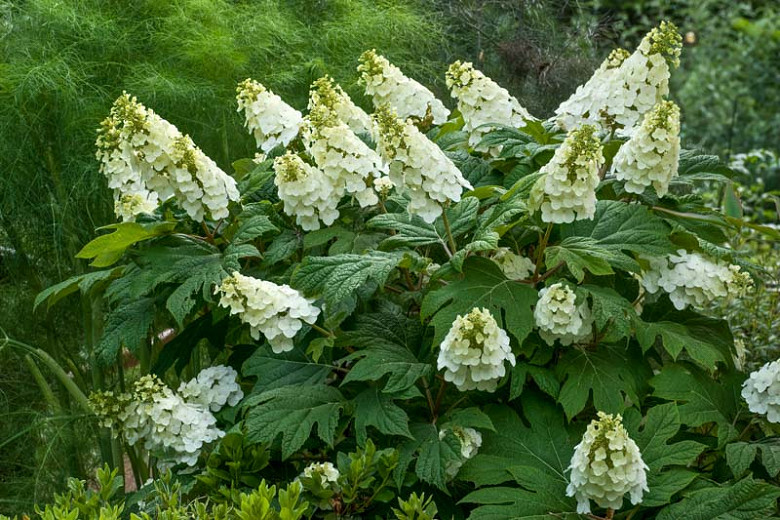
- Climbing hydrangea (Hydrangea anomala subsp. petiolaris): This climbing hydrangea is covered in white flowers in the summer. It can grow up to 50 feet tall, so it's a great choice for covering a wall or fence. Climbing hydrangeas are also very shade tolerant.
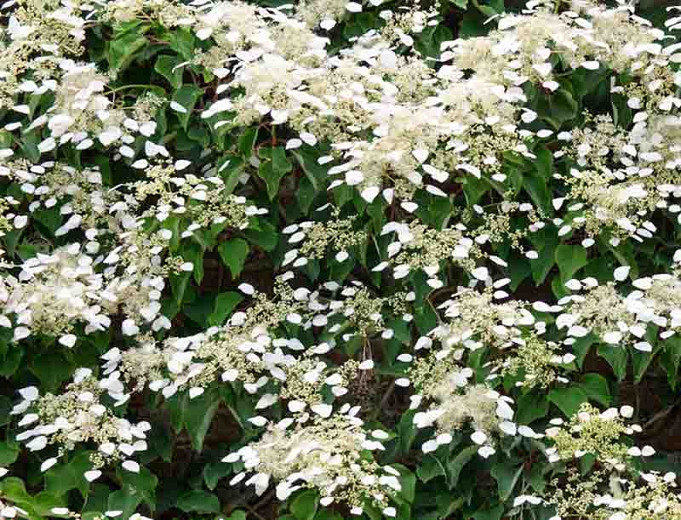
- Smooth hydrangea (Hydrangea arborescens): This hydrangea is a bit more tolerant of sun than some of the other shade-loving varieties, but it will still do well in shady spots. Smooth hydrangeas have white or pink flowers, and they can grow up to 6 feet tall.
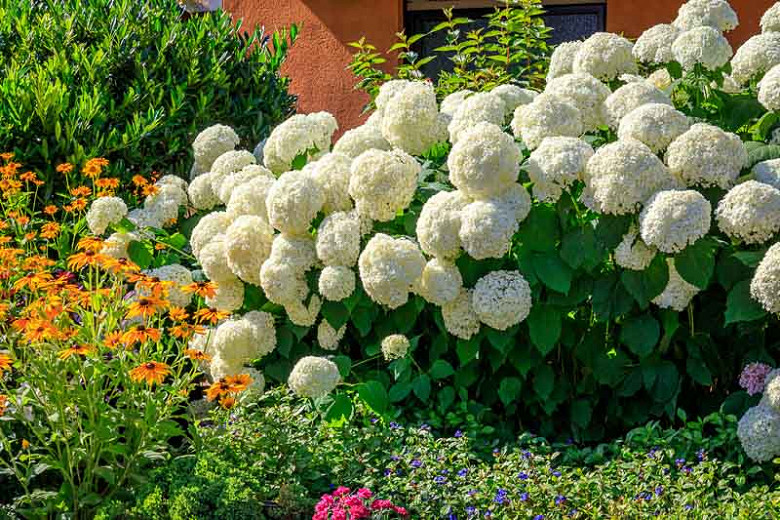
- Panicle hydrangea (Hydrangea paniculata): This hydrangea is a great choice for those who want a hydrangea that blooms in the summer. Panicle hydrangeas can grow up to 10 feet tall, and they have white, pink, or blue flowers. They are not as shade tolerant as some of the other varieties, but they will still do well in partial shade.
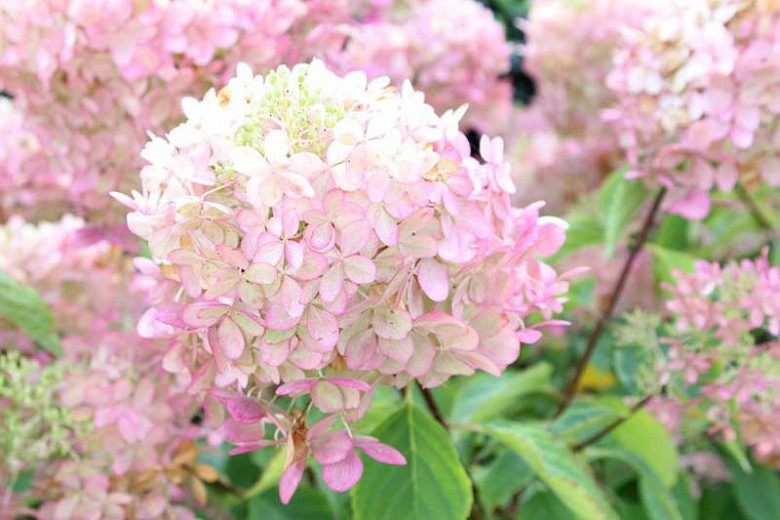
These are just a few of the many hydrangeas that thrive in shade. With so many different varieties to choose from, you're sure to find the perfect hydrangea for your shady spot.
How to Care for Shade-Loving Hydrangeas
Once you've chosen your hydrangea, it's important to know how to care for it properly. Here are a few tips:
- Plant in well-drained soil. Hydrangeas don't like wet feet, so make sure the soil in your shady spot is well-drained.
- Water regularly. Hydrangeas need regular watering, especially during the summer months.
- Fertilize in the spring. Use a balanced fertilizer to help your hydrangeas thrive.
- Prune in the spring. Prune your hydrangeas in the spring to remove dead or diseased branches.
With a little care and attention, your shade-loving hydrangeas will be blooming beautifully for years to come.
Do you have a shady spot in your garden that you're not sure what to do with? Why not plant a hydrangea! Hydrangeas are beautiful flowering shrubs that can thrive in shade, and there are many different varieties to choose from.
If you're looking for a hydrangea that will produce large, showy blooms, the big leaf hydrangea (Hydrangea macrophylla) is a good option. These hydrangeas come in a variety of colors, including blue, pink, and white. They prefer partial shade, but they can tolerate full shade if necessary.
If you're looking for a hydrangea with a more delicate look, the oakleaf hydrangea (Hydrangea quercifolia) is a good choice. These hydrangeas have small, white flowers that are arranged in clusters. They prefer full shade, but they can also tolerate partial shade.
No matter what your needs are, there's sure to be a hydrangea out there that's perfect for your shady spot. For more information about different types of hydrangeas for shade, visit .
FAQ of types of hydrangeas for shade
Q: What are some types of hydrangeas that do well in shade?
A: There are many types of hydrangeas that do well in shade, but some of the most popular include:
- Annabelle hydrangea (Hydrangea arborescens 'Annabelle'): This is a large, white hydrangea that blooms in late summer. It is very easy to care for and is tolerant of a wide range of conditions.
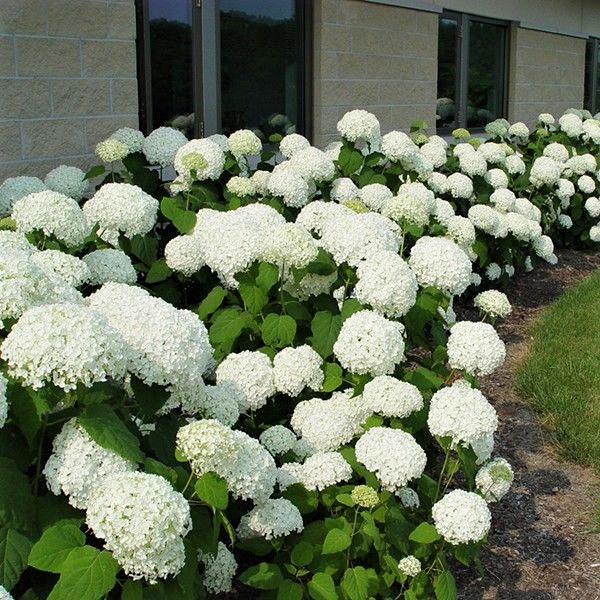
- Invincibelle hydrangea (Hydrangea macrophylla 'Invincibelle Spirit'): This is a dwarf hydrangea that blooms in shades of pink, blue, or white. It is very hardy and can tolerate full shade.
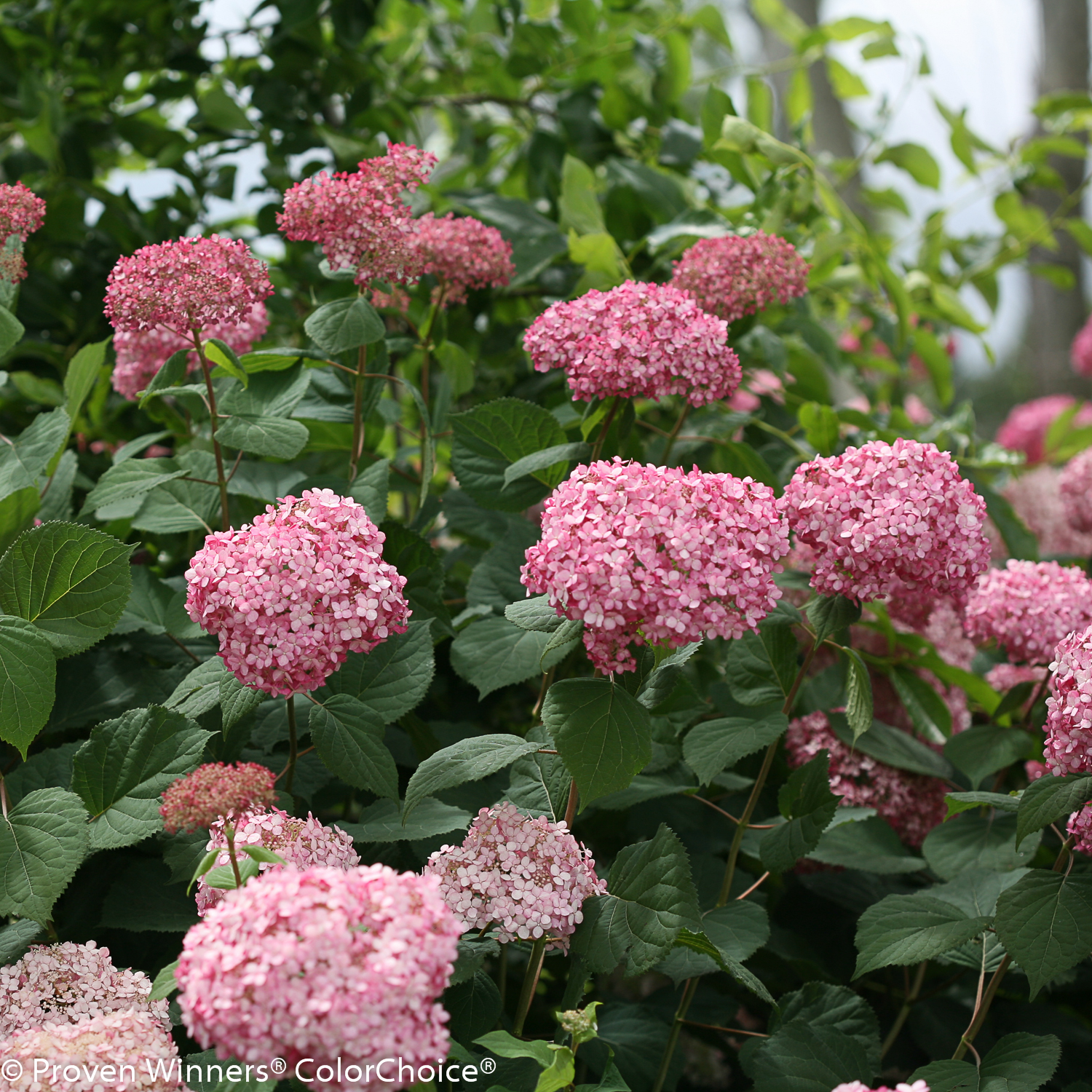
- Oakleaf hydrangea (Hydrangea quercifolia): This is a large, deciduous hydrangea with large, oak-shaped leaves. It blooms in shades of pink, blue, or white. It is tolerant of full shade and can even thrive in areas with poor soil.
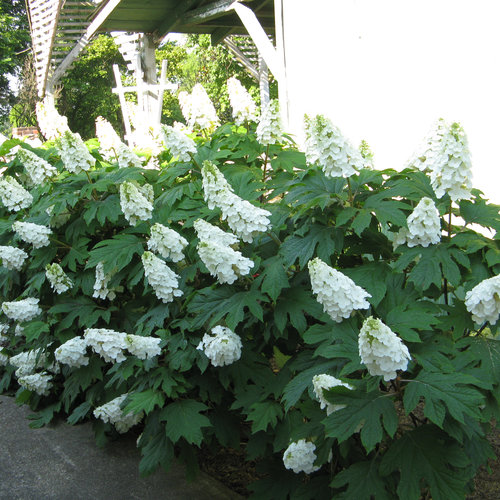
- PeeGee hydrangea (Hydrangea paniculata 'Grandiflora'): This is a tall, upright hydrangea that blooms in large, conical clusters of white flowers. It is tolerant of full shade and can even bloom in areas with very little sunlight.

- Climbing hydrangea (Hydrangea petiolaris): This is a climbing hydrangea that can be trained to grow on a wall or trellis. It blooms in white flowers in late summer. It is tolerant of full shade and can even thrive in areas with poor soil.

Q: How much shade do hydrangeas need?
A: The amount of shade that hydrangeas need depends on the type of hydrangea. Some hydrangeas, such as Annabelle hydrangeas, can tolerate full shade, while others, such as PeeGee hydrangeas, prefer partial shade. In general, hydrangeas do best in areas that receive at least 4-6 hours of sunlight per day.
Q: What are the best soil conditions for hydrangeas?
A: Hydrangeas prefer moist, well-drained soil that is rich in organic matter. The soil pH should be between 5.5 and 6.5. If the soil is too alkaline, the flowers may turn pink instead of blue.
Q: How do I care for hydrangeas in shade?
A: Hydrangeas in shade need regular watering, especially during the summer months. They should also be fertilized in the spring and fall with a balanced fertilizer. In addition, it is important to deadhead the flowers regularly to encourage new growth.
Q: What are some common problems with hydrangeas in shade?
A: Some common problems with hydrangeas in shade include:
- Leaf spot: This is a fungal disease that can cause brown spots on the leaves.
- Powdery mildew: This is a fungal disease that can cause a white, powdery coating on the leaves.
- Aphids: These small insects can suck the sap from the leaves, causing them to wilt and yellow.
- Slugs: These pests can eat the leaves and flowers of hydrangeas.
Image of types of hydrangeas for shade
- Annabelle Hydrangea: This is a popular choice for shade gardens, as it can tolerate full shade and still produce large, white blooms.

- Invincibelle Hydrangea: This variety is similar to Annabelle, but it produces pink or blue blooms depending on the soil pH.

- Smooth Hydrangea: This type of hydrangea is also tolerant of shade, and it produces large, lacecap blooms.
- Oakleaf Hydrangea: This variety is a good choice for shady areas with moist soil. It produces large, panicle-shaped blooms that can be white, pink, or blue.

- Climbing Hydrangea: This type of hydrangea can grow up to 50 feet tall, and it produces white or pink blooms. It is a good choice for covering a shady wall or fence.

Post a Comment for " Amazing Hydrangeas That Thrive In Shade"